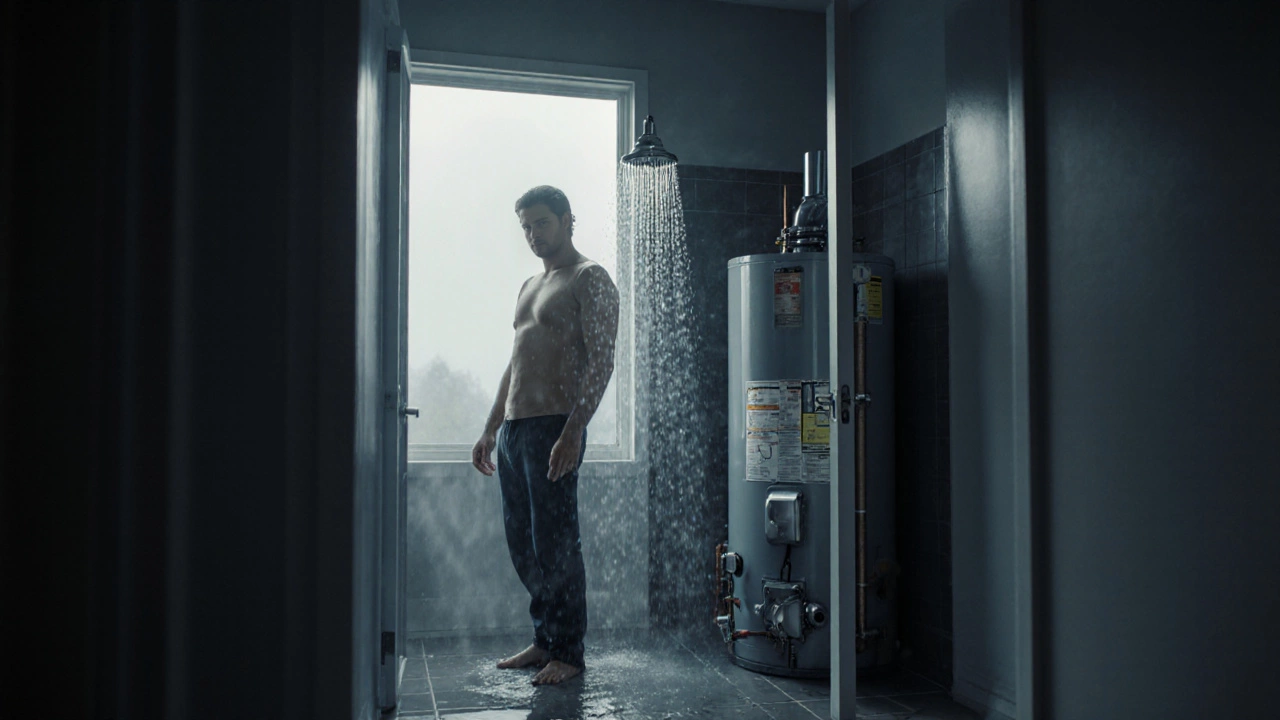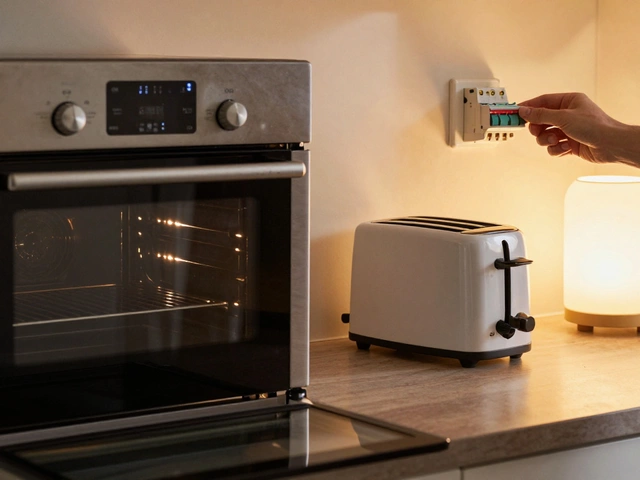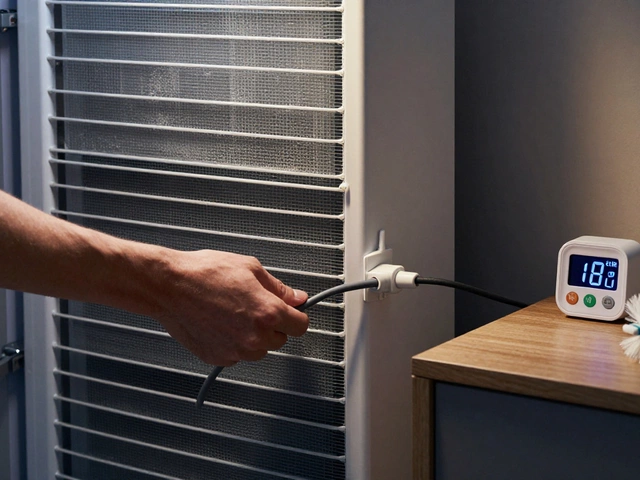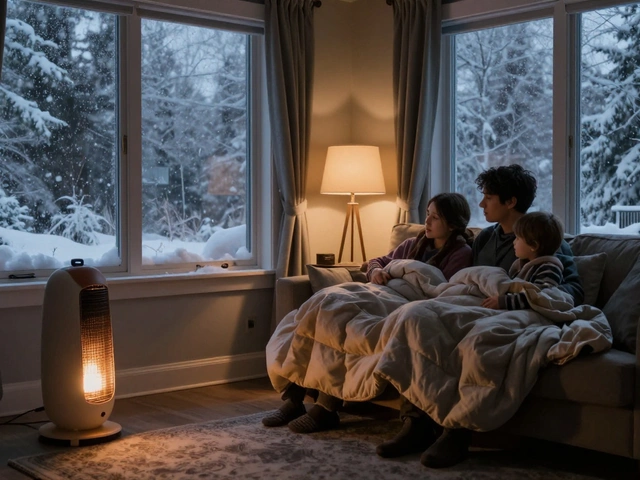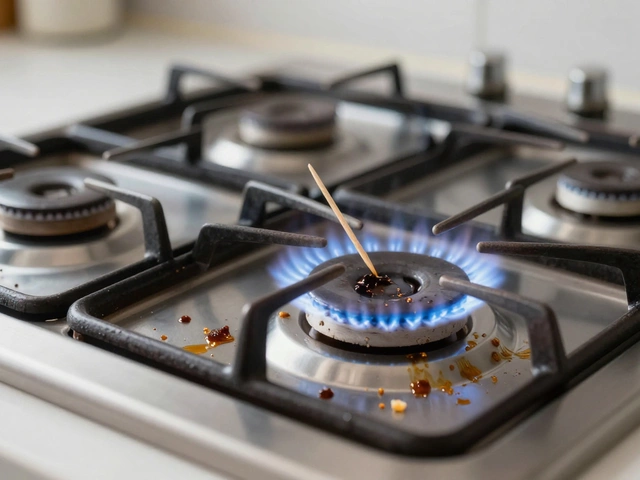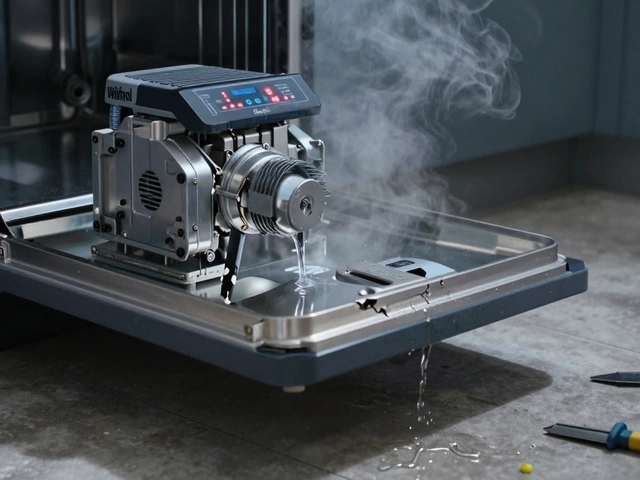Hot Water Heater Not Working? Here's What to Check First
When your hot water heater, a household system that heats and stores water for showers, dishes, and laundry. Also known as a water heater, it's one of the most taken-for-granted appliances in your home—until it stops working. Suddenly, you're stuck with cold showers and icy dishes. It’s not a mystery—it’s usually one of three things: the thermostat, the control unit that tells the heater when to turn on and off, the heating element, the part that actually heats the water inside the tank, or a power issue. Most of the time, you don’t need to replace the whole unit. You just need to know where to look.
Electric water heaters are simple but stubborn. If you’ve got no hot water at all, start with the circuit breaker. It’s easy to overlook, but a tripped breaker is the #1 reason people think their heater is dead. If that’s fine, check the thermostat. A faulty thermostat won’t send power to the element, even if everything else is working. You can test it with a basic multimeter—no special tools needed. If the thermostat checks out, the heating element might be burnt out. These things wear out over time, especially in hard water areas. Replacing one costs less than a new heater and takes under an hour if you’re handy.
Gas water heaters behave differently. If you’ve got gas but no hot water, the pilot light might be out. It sounds old-school, but it’s still common. Check the manual for how to relight it safely. If the flame stays lit but water stays cold, the thermocouple or gas control valve could be failing. These aren’t DIY fixes for everyone, but knowing the signs helps you talk to a technician without getting overcharged.
And don’t forget sediment. If your heater is over five years old and you’ve never flushed it, mineral buildup is probably smothering the bottom element. That’s why you get lukewarm water after a long shower—it’s not broken, it’s just buried. Flushing the tank once a year can double its life. It’s cheap, it’s easy, and most people never do it.
There’s a reason we’ve got posts on testing thermostats, replacing elements, and flushing tanks. These aren’t theory—they’re real fixes people use every day in homes across the UK. You don’t need to panic. You don’t need to spend hundreds. You just need to know what to look for. Below, you’ll find step-by-step guides that show you exactly how to test, reset, and fix the most common problems with your water heater—without calling someone right away.
Why Would a Hot Water Heater Suddenly Stop Working?
- Alden Wilder
- Oct 28 2025
- 0 Comments
A hot water heater can stop working suddenly due to thermostat failure, burnt-out elements, power issues, or tank corrosion. Learn how to diagnose and fix common causes-or when to replace it entirely.
View More